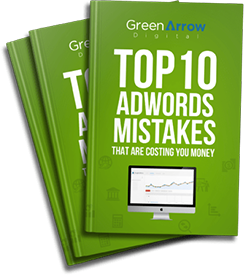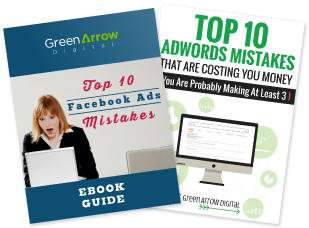Many people come to me asking for help with their AdWords accounts and the reality is, most of the time, the conversation and questions really dominate around the Search Network.
I’ll be honest, people’s obsession with the Search Network kind of baffles me. I’m the first to admit that the Search Network is no doubt an obvious place to start for many businesses.
Obvious Benefit of Search Network
The inherent behaviour of someone who is actively ‘searching’ for a business like yours no doubt get’s businesses excited. And then, to get the opportunity to effectively slide your business card under the nose of that person at that very instant that they are searching for a businesses like yours, presents an amazing opportunity for so many businesses. I get that, I really do. But the reality is, Search is relatively expensive and VERY competitive.
So, all too often, Google’s Display Network (GDN) is so often overlooked and really, it is another opportunity for businesses to get their message out there. But not without some careful planning and management.
If you are unfamiliar with the GDN, you can read one of the articles we wrote on here where we touch on the basics, so I won’t cover them here. But rather in this article, I want to touch on a couple of misconceptions and unknowns about the GDN. Hey, I might even convince you to give it a try! 🙂
The Google Display Network Opportunity
Firstly, GDN behaves completely differently to the Search Network
So, you will need to manage your expectations from the outset. And by “behaves” I mean, you will get wildly different amount of clicks, impressions, and click-through-rate.
So, contrary to a Search campaign, where you could easily get a 5% – 10% CTR (click-through-rate) on your ads. In the GDN, you will often get thousands of impressions and very low clicks. Therefore the CTR is going to be completely different – in some instances 0.2% CTR is good! So, don’t think that the campaign performing badly since you aren’t getting your usual CTR as you do in Search.
You can see the difference in stats of the Display campaigns vs the Search campaigns in the screenshot below:
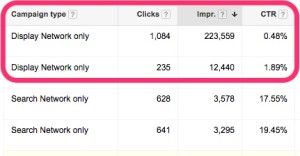
But that’s ok, as you only pay-per-click remember! Also, the reason the CTR’s are so different is the GDN is it is ‘interruption marketing’ and therefore you are interrupting someone from reading the article they want to read etc.
This leads me to my next point – make sure you separate your Search campaigns from your Display (GDN) campaigns.
Reason being as mentioned above, the difference in the behaviour of clicks and impressions and CTR.
If you use Google’s default setting when you create a new campaign “Search with Display Select”, then all the data you get on the performance of your campaign will be averaged, and therefore meaningless. So, please separate out your Search campaigns from your Display campaigns.
Secondly, you actually have a large degree of control
If you know exactly where you want your banners to be placed, you can be a specific as you like (provided that particular website allows Google ads to be shown).
So, let’s say, you know a specific website which has content which is related to your industry and you believe their audience would be interested in what you have to offer. You can put that specific website into it’s own Display campaign and show ads to their readers.
Or another possible scenario, if you’ve analysed the placements from your Remarketing campaign (people who’ve been to your website before) and you can see that one placement in particular performed very well. You can then put that specific placement into it’s own Display campaign to capture all their readers, not just your Remarketing audience.
If you don’t know of any specific placements you want your ads, that’s ok. Google can go out and find you placements, but you need to give them a bit of guidance. You can select various Topics or Keywords, but in reality, I don’t use these much. I tend to use some of their more recent behaviour targeting categories called InMarket and Affinity audiences.
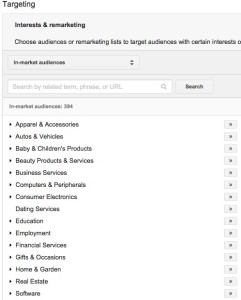
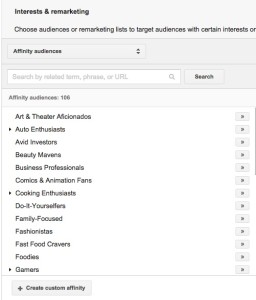
But also know that you can overlay different types of targeting. This way you can refine your targeting even further.
Third, don’t forget about using text ads in Display campaigns
This is so often forgotten. People only use banners for their Display campaigns, forgetting that many website owners allow text ads on their website too! If you are not doing this, make sure you include them, and I am pretty certain, you will be amazed at the results. I know I am often surprised at how well text ads perform on the GDN.
Below is a screenshot of a text ad on an news article
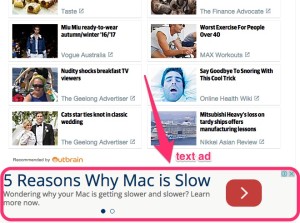
Fourth, don’t forget about placement and category exclusions
Like Search, GDN is by no means ‘set and forget’. Ongoing management is an essential part of success with the GDN. So, I recommend you do the following before you start the campaign
- add in a negative placement of ‘adsenseformobileapps.com’ – we wrote a case study here about the consequences of not adding in this negative placement. Please don’t fall into this trap!
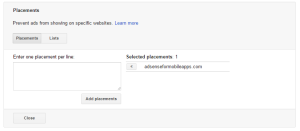
- add in the following ‘category exclusions’
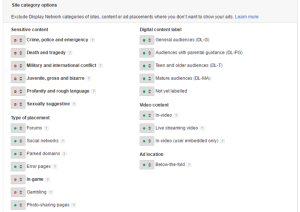
Then, monitor the placements regularly. If there are placements in there that don’t look like a website you want your ad to be shown, you can add that as a negative placement too. This is the ongoing management part. But in reality, there is no need to look at every single placement as it will most likely take you a long time. I generally look for the high impression placements and also high click placements.
Fifth, test good quality banners and rotate them regularly
I know Google make it easy for you to create banners using their tool in the interface, but please don’t use it. The design quality is poor and trust me, you will get much better results if you get a proper designer to design you some banners.
But before you start pouring lots of money into a whole bunch of different banners in all their possible ad unit sizes, it is worth testing 1 ad unit size first. I like to test 300×250 banner size first with about 6 very different designs. Once you find the top 2 winning designs, then roll those designs out into other ad unit sizes. Oh, and you don’t need banners in all the different sizes as well, I tend to just use the following main ones:
- 300×250
- 728×90
- 160×600
- 468×60
So, there you have it. If you haven’t had a change to experiment with the Display Network, I urge you to give it a try. But perhaps just allocate a small portion of your budget to it to test the waters.
Good luck!
